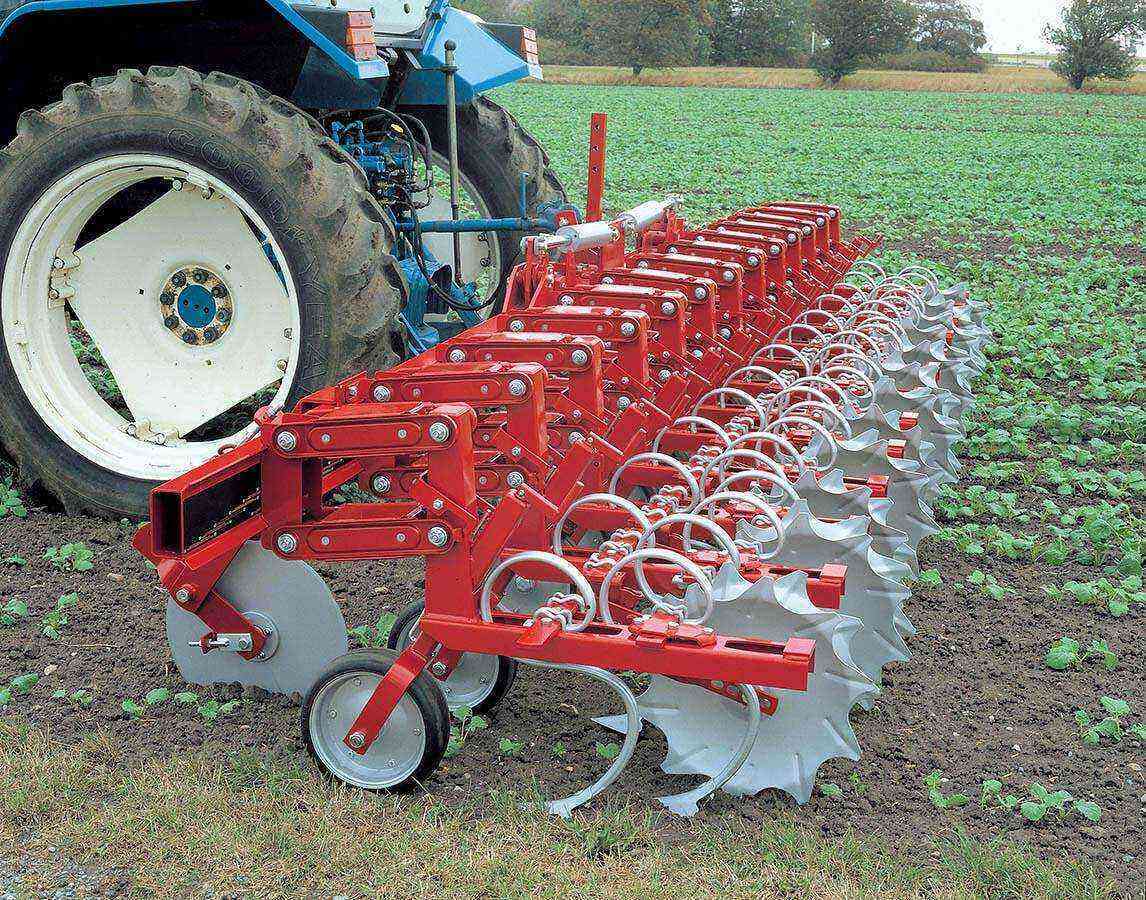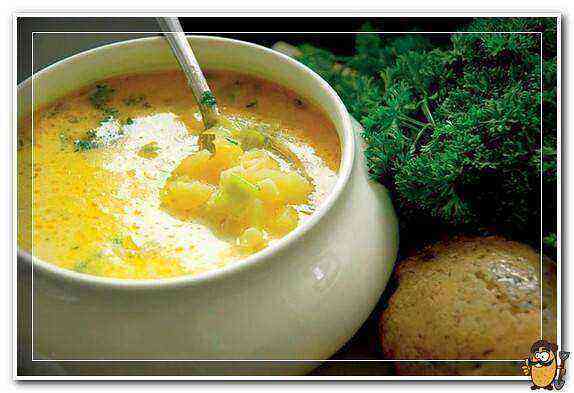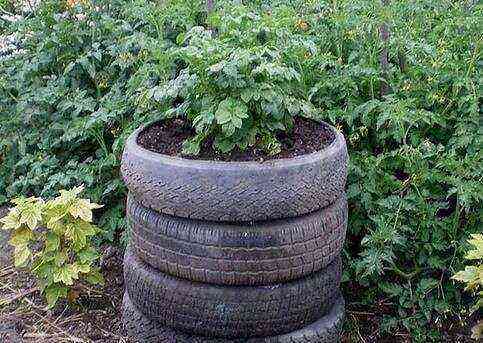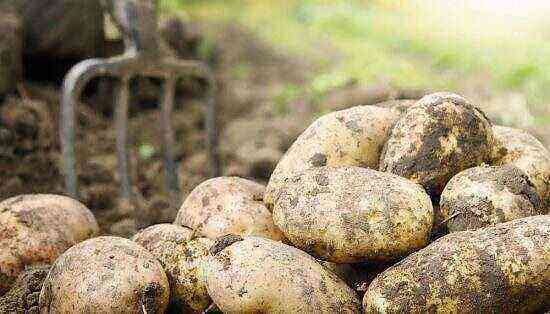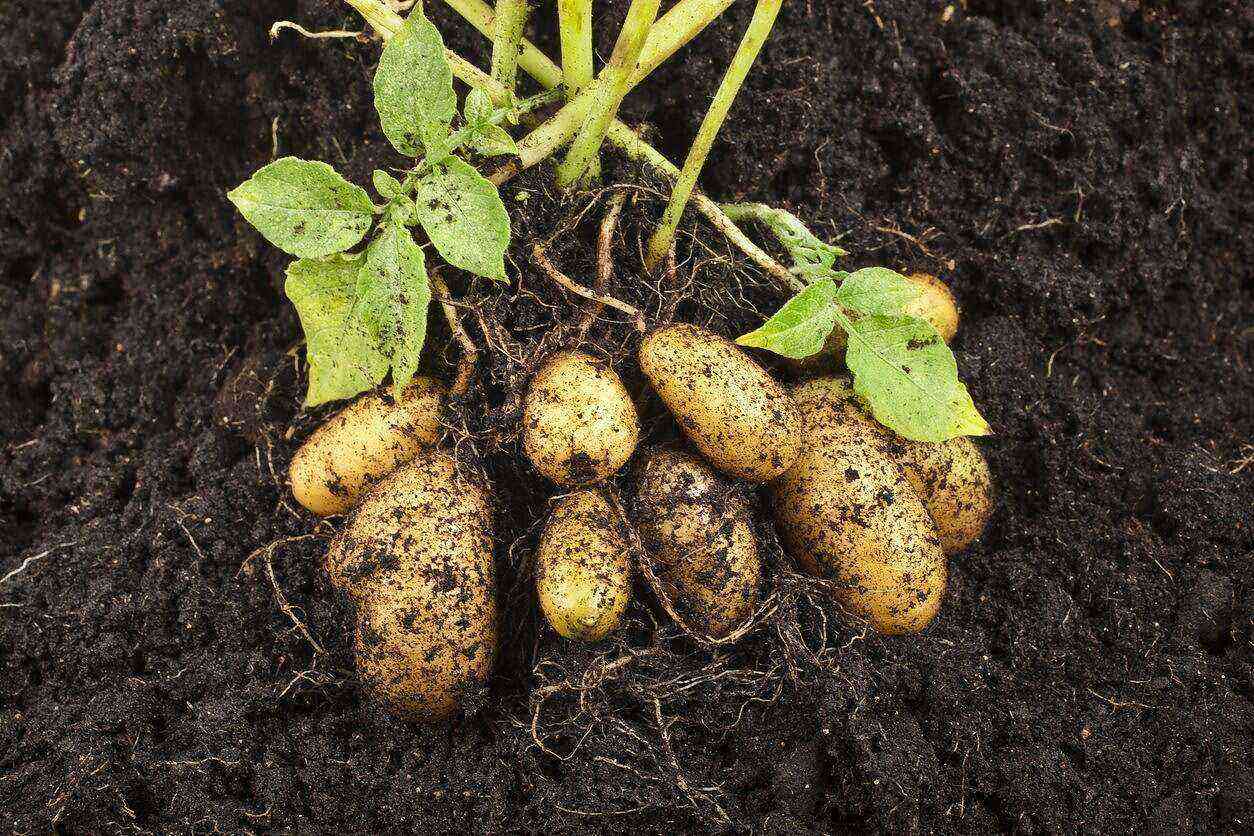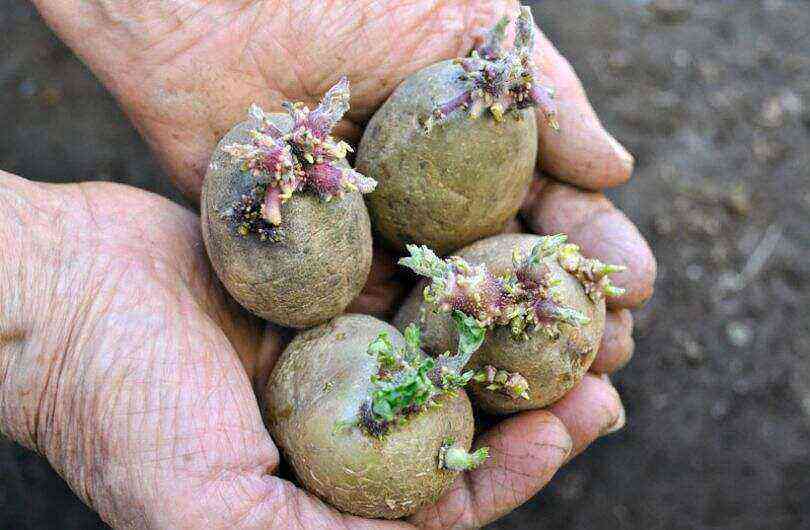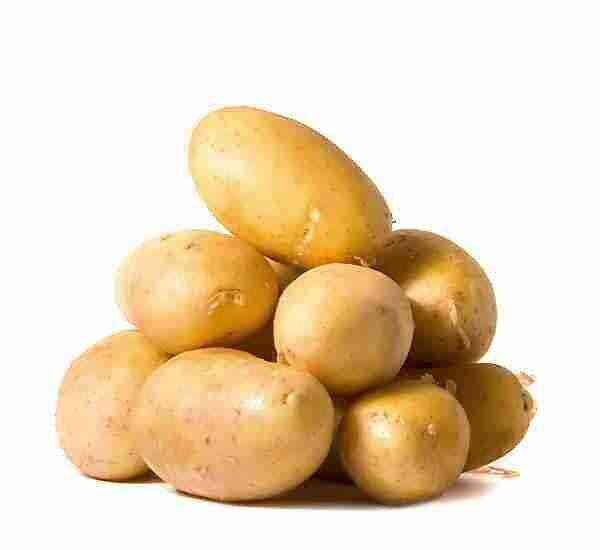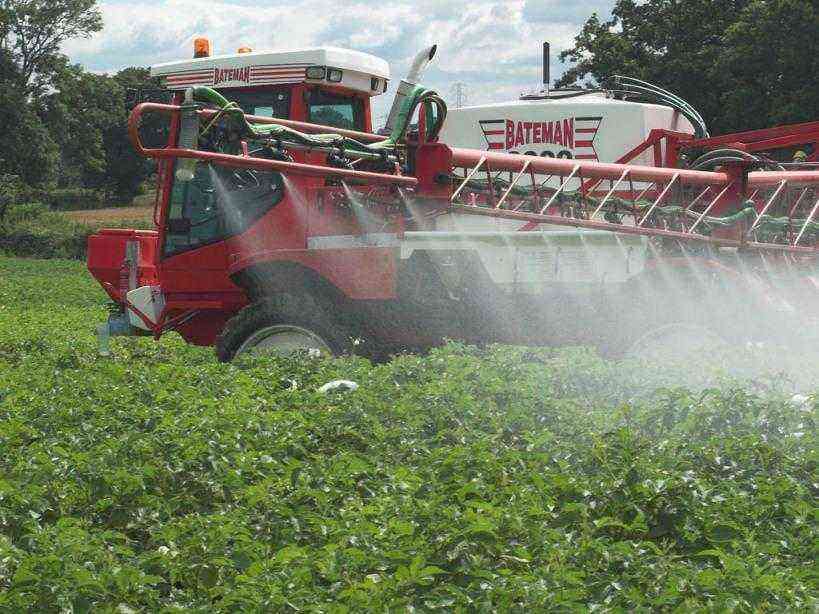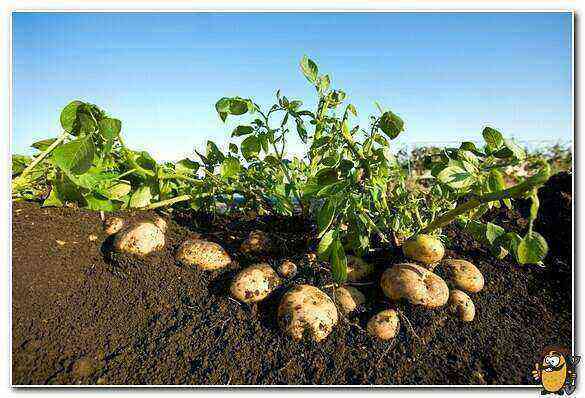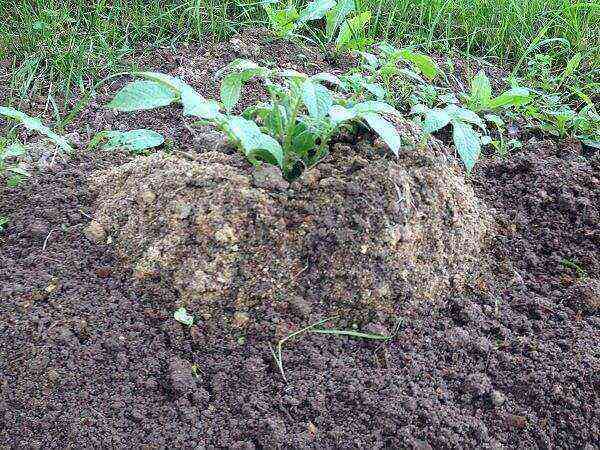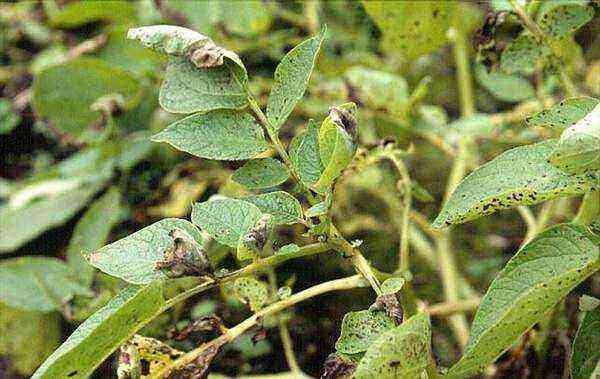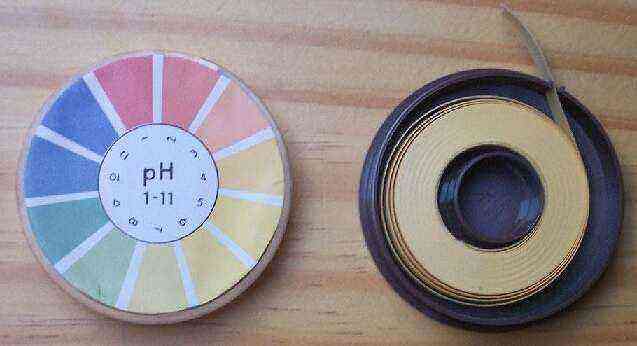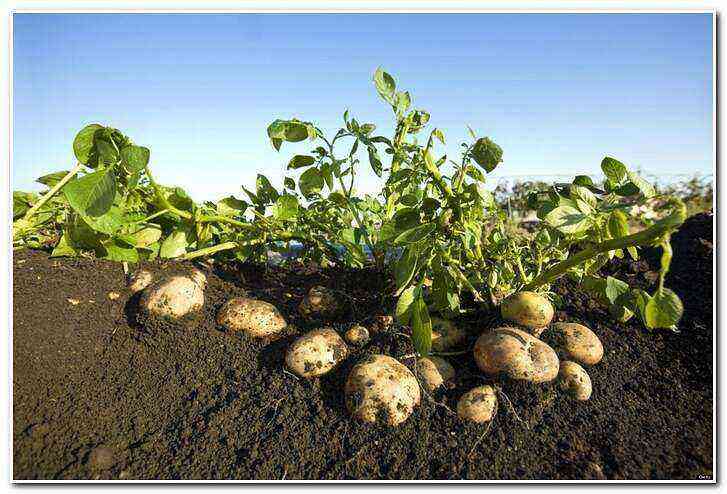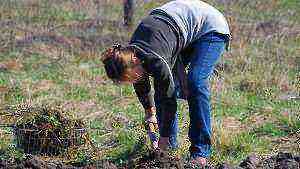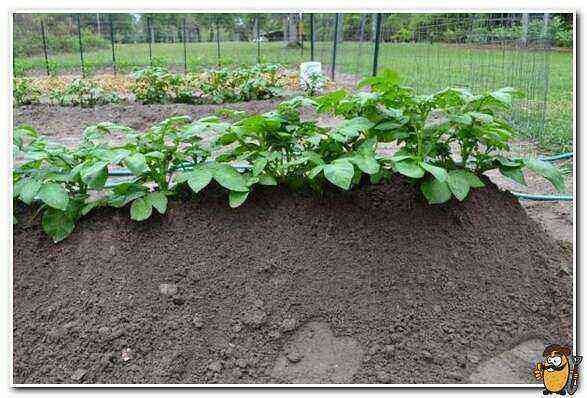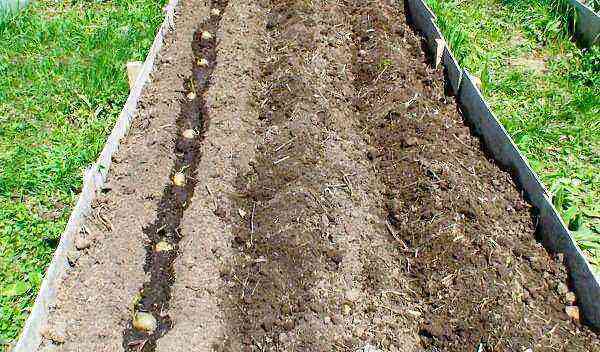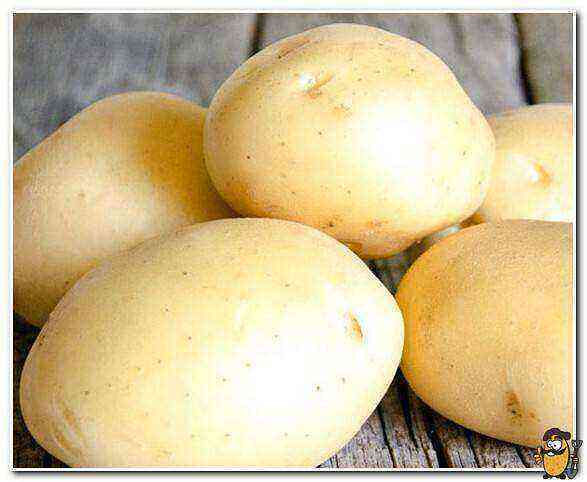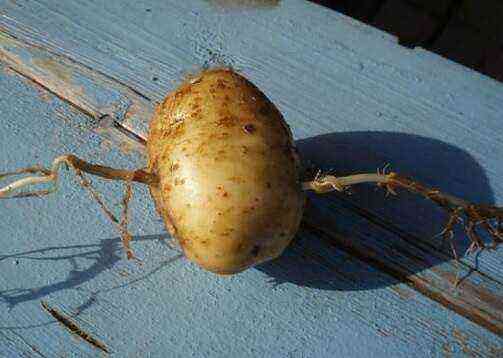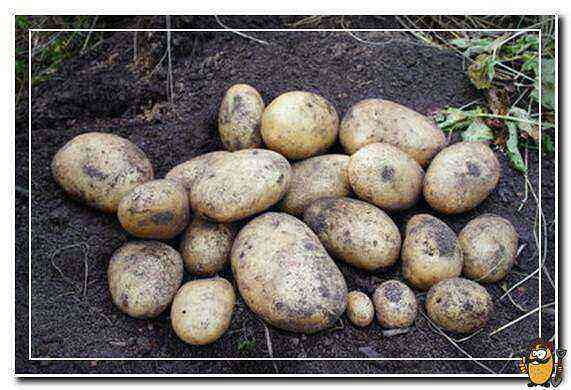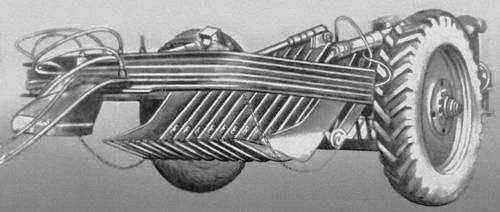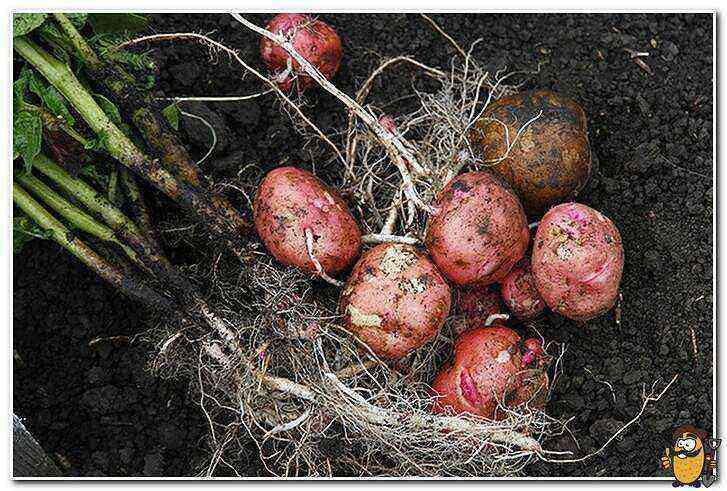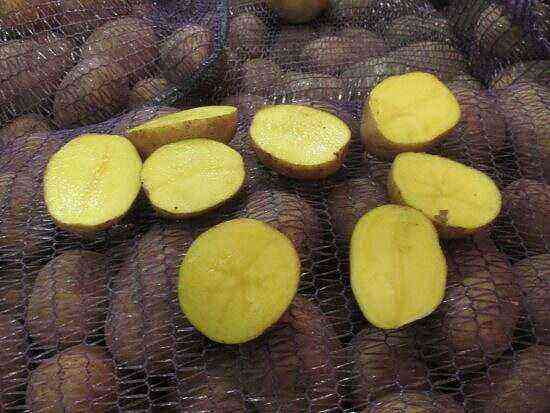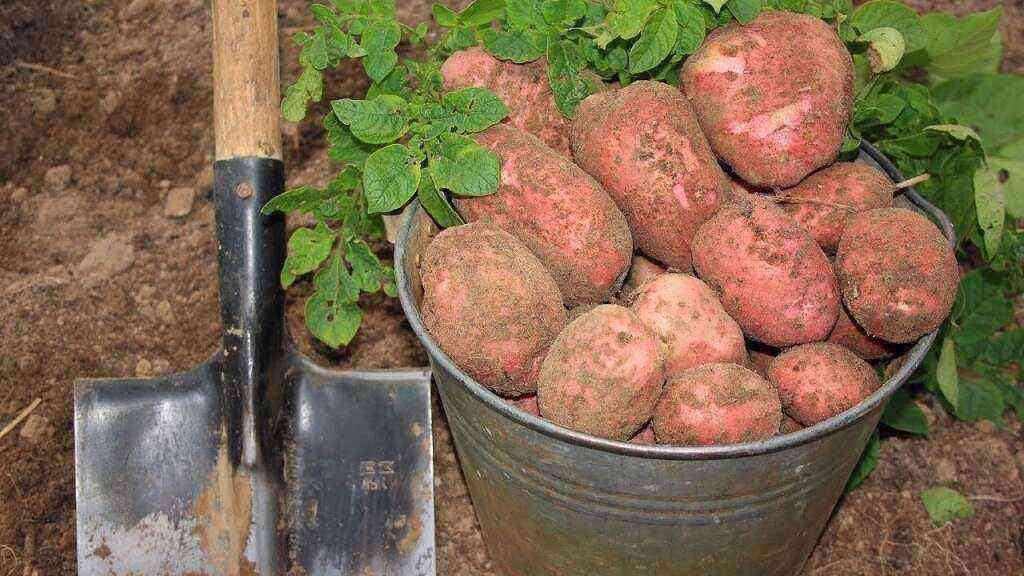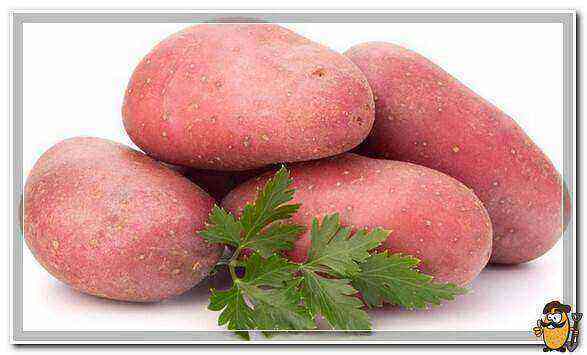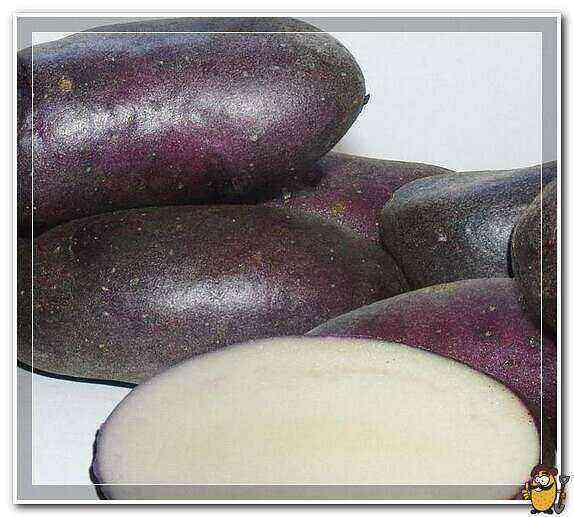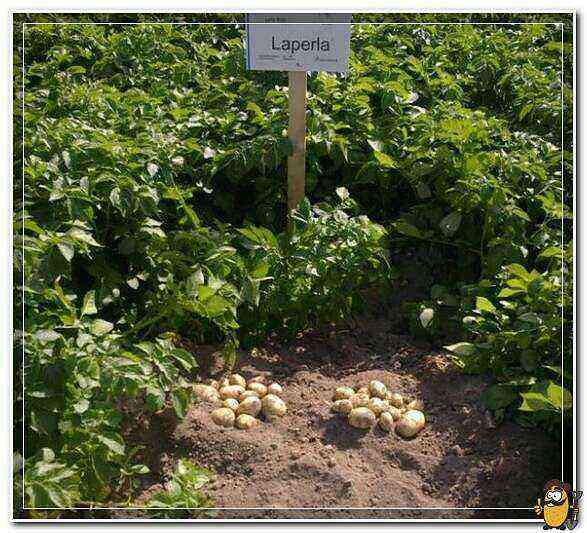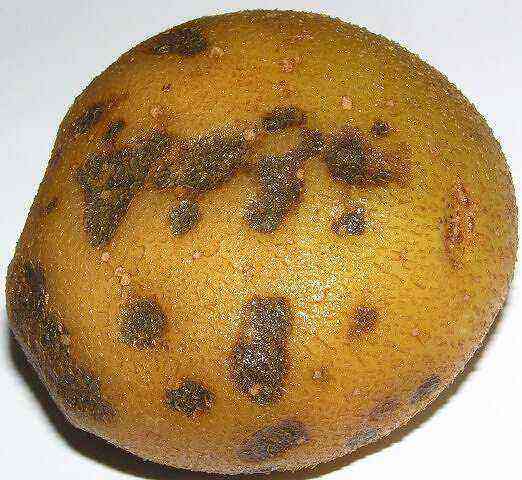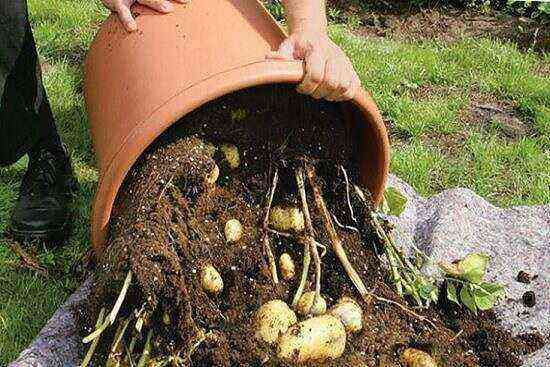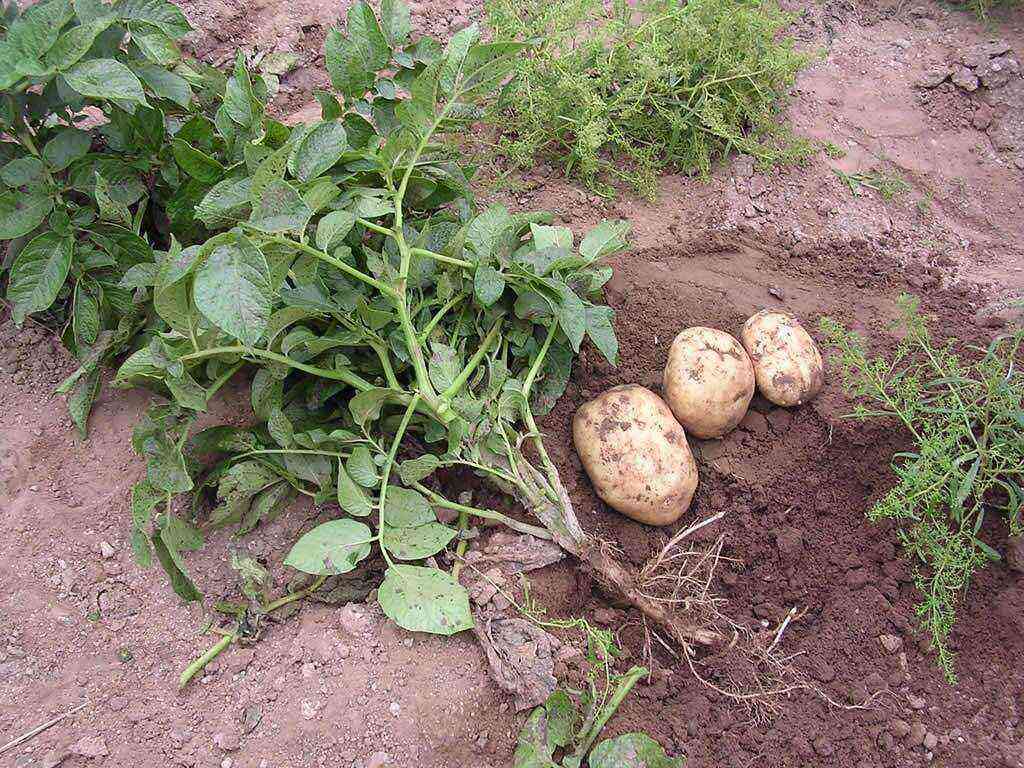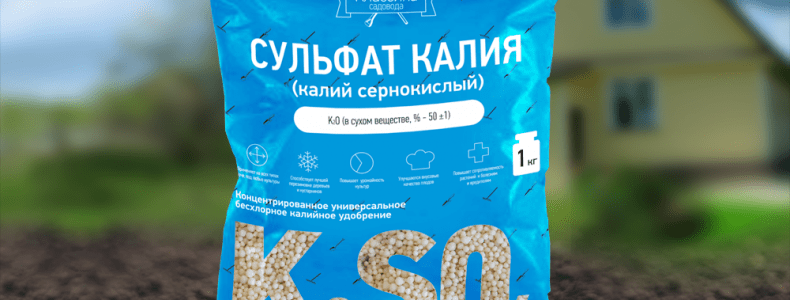Even if the plot allocated for potatoes takes 1–2 acres, planting tubers, caring for plants and harvesting take a lot of time and effort. On potato plantations of a larger area, agricultural machinery is indispensable. The purchase of a walk-behind tractor saves gardeners from having to hire a horse or tractor owner every spring for plowing. The main thing is to choose the right unit.
The more powerful the equipment, the more productive it is, but also the more expensive it is. But the lightweight unit is more maneuverable, indispensable for greenhouses and small vegetable gardens. To save money when buying a walk-behind tractor, you can use the table of the dependence of the power of the unit on the size of the site:
Plot size
Walk-behind tractor power, h.p.
Capture width, cm
до 15 соток
3,5
60
15–60 соток
4,0
80
0,6–1 гектар
5,0
90
1–2 гектара
6,0
90
2–5 гектаров
9,0
100
It is better to choose a device with some power reserve: if the engine is not overloaded, it will last longer. It is also important to consider the type of soil on the site:
- for light soils, a walk-behind tractor weighing 50–70 kg is enough;
- for clayey – even if the plantation is small, the weight of the unit should be 80–120 kg;
- for virgin and fallow areas of a large size, an aggregate weighing 120–150 kg will be required.
When choosing a walk-behind tractor for potatoes, it is important to foresee the method of planting and hilling in advance. If you plan to hilling with disc hillers or “hedgehogs”, it is better that the gearbox is located high enough, otherwise it will crush potato bushes during operation.
If the garden is located away from home, it is required to provide a way to transport the walk-behind tractor. Some disassembled models fit easily into the trunk of a hatchback, others require a trailer to transport.
By the type of engines, walk-behind tractors are divided into:
- with a gasoline engine – lightweight, easy to operate, relatively quiet units, emitting less harmful gases than analogs running on diesel fuel. Such motoblocks are easier to start in winter (for example, for snow removal);
- with a diesel engine – more expensive and powerful devices, well suited for processing large and virgin areas. Diesel fuel is cheaper than gasoline.
Models equipped with a power take-off (PTO) perform more operations than those that do not have this unit. PTO is used to transmit torque to various attachments: cutters with active transmission, roaring potato diggers, hay mowers.
Using a walk-behind tractor for spring plowing
Virgin soil is usually plowed with a plow. The soil is then cultivated using cutters. In areas where the soil is cultivated annually, you can immediately start processing it with milling cutters: this operation successfully replaces plowing.
There are 2 types of cutters:
- active (with active gear) driven by PTO;
- passive, installed instead of wheels.
On plots up to 60 acres, it is better to use cutters with passive transmission: they, according to the supporters of organic farming, are not so destructive for the soil structure.
Wanting to quickly process the site, some gardeners make an unforgivable mistake: they install too many cutters. Excessive amounts of them lead to rupture of chains and damage to the gearbox. In order not to overload the gearbox, on walk-behind tractors with a capacity of up to 5 liters. from. do not use more than 4 cutters. It is not necessary to operate the walk-behind tractor at high speeds: this does not bring any benefit, but it significantly reduces the service life of the gearbox.
Usually, by spring plowing, the soil is covered with a crust, and the gardener has to lean on the walk-behind tractor to keep it running smoothly. But much less effort is required if you process the area with cutters 2 times:
- the first time – to a depth of 5–7 cm. If the walk-behind tractor pushes off the covering crust, you do not need to try to deepen it: all the same, the cutters will at least slightly “scratch” the ground;
- the second time – by about 12–15 cm. The walk-behind tractor runs smoothly on the already worked soil, and there is almost no need to lean on it. The plowing depth should be calculated so that the cutters do not reach the end of the fertile layer by at least 5 cm.
Both times the walk-behind tractor must work at low speeds: it will be better for both the gearbox and the soil. If you loosen it to a state of dust, then part of the fertile layer will be blown away by the wind, and after the first rain, the beds will be covered with a crust that does not allow air to pass through. Loose soil with an abundance of small lumps is saturated with oxygen; less earthworms die during processing.
Planting potatoes with a walk-behind tractor
There are several ways to plant potatoes with a walk-behind tractor:
- using a single-body plow;
- using a hiller plow;
- using a potato planter.
When planting with a walk-behind tractor, tubers cannot be germinated for a long time, otherwise there is a high probability of breaking the shoots. The maximum length of shoots is up to 5 mm, and when using a potato planter, it is 1-2 mm.
Planting potatoes with a single-body plow
With this planting method, the most important thing is to adjust the position of the plow (using bolted connections). If the position is correct, then the plow will not lead to the side on clay, fallow or virgin lands. The reason for the machine slipping is that the angle of attack of the share is too high.
Having cut the first furrow, fertilizers and potato tubers are placed in it (at a distance of 25–30 cm from each other). Then they plow the land next to the furrow, filling in the planted potatoes, and cut a new furrow. The distance between furrows is 65–70 cm.
This planting method is only good if one worker cuts the furrows and two to four are planting potatoes. Otherwise, you have to wait too long before cutting a new furrow.
Landing with a plow
A hiller plow is installed on the walk-behind tractor (if the power and design of the unit allows, then 2 hillers). On the entire site, shallow grooves are cut at a distance of 65–70 cm from each other (the distance between the wheels of the walk-behind tractor).
Fertilizers and tubers are laid out in the furrows, then the soil is plowed between the rows, filling the potatoes. With this method, the walk-behind tractor drives over the potatoes lying in the furrows. Therefore, in no case should rubber wheels be replaced with lugs: rubber will not damage the tubers. In order not to huddle the beds later, a walk-behind tractor with a hiller is passed 2 times in the same place.
Planting a potato planter
The easiest way is to plant potatoes with a walk-behind tractor using a potato planter. Most commercial potato planters are equipped with a furrow cutter. Tubers are poured into the bunker. Some models are designed to adjust the distance between planted potatoes.
In order for the tubers to fall into the furrows, and not scatter in different directions, the walk-behind tractor with a potato planter must be driven at a low speed.
For a potato planter, tubers cannot be strongly germinated, but they can be planted cut
Hilling potatoes with a walk-behind tractor
Disc hillers or “hedgehogs” are used for hilling sprouted potato bushes. Disc hillers have a “house” at an angle of about 60 ° to the surface: then the top of the hilled row will be flat, and not pointed.
If the height of the under-wheel space of the walk-behind tractor for potatoes is too low, the unit can damage the shoots. In such cases, it is installed on higher lugs.
Another option: so that hilling is not needed, high ridges are poured over the furrows in the spring. Then the gardener will only have to weed the aisles, walking along them with a walk-behind tractor with 4 cutters.
Harvest
For harvesting, a potato digger is hung on the walk-behind tractor. There are several design options for this device:
- a universal (simple) potato digger resembles a conventional shovel with teeth. She brings the tubers to the surface and the workers pick them by hand. But if the potato is planted in clay soil or is simply too deep, the tines of the tool will damage it;
- a roaring (vibration-roaring) potato digger digs out tubers (they fall on the grate) and shakes them off the ground due to vibration;
- conveyor potato digger – the tubers freed from the ground fall on the conveyor belt, and from it – into the bunker.
Autumn tillage
In autumn, after harvesting, the site is plowed with a plow or cutters. Processing rules are the same as in spring. Then the plantation can be sown with green manure.
head and editor-in-chief of the site. Hereditary gardener and agronomist
